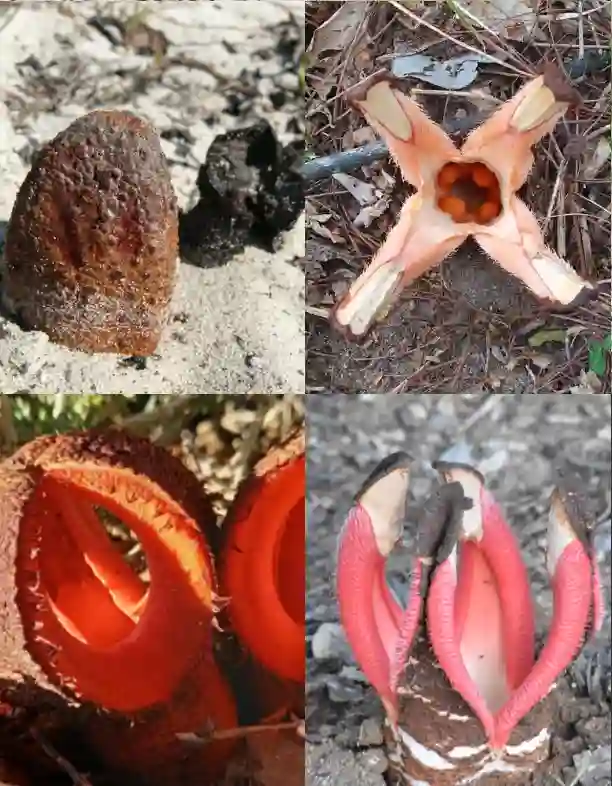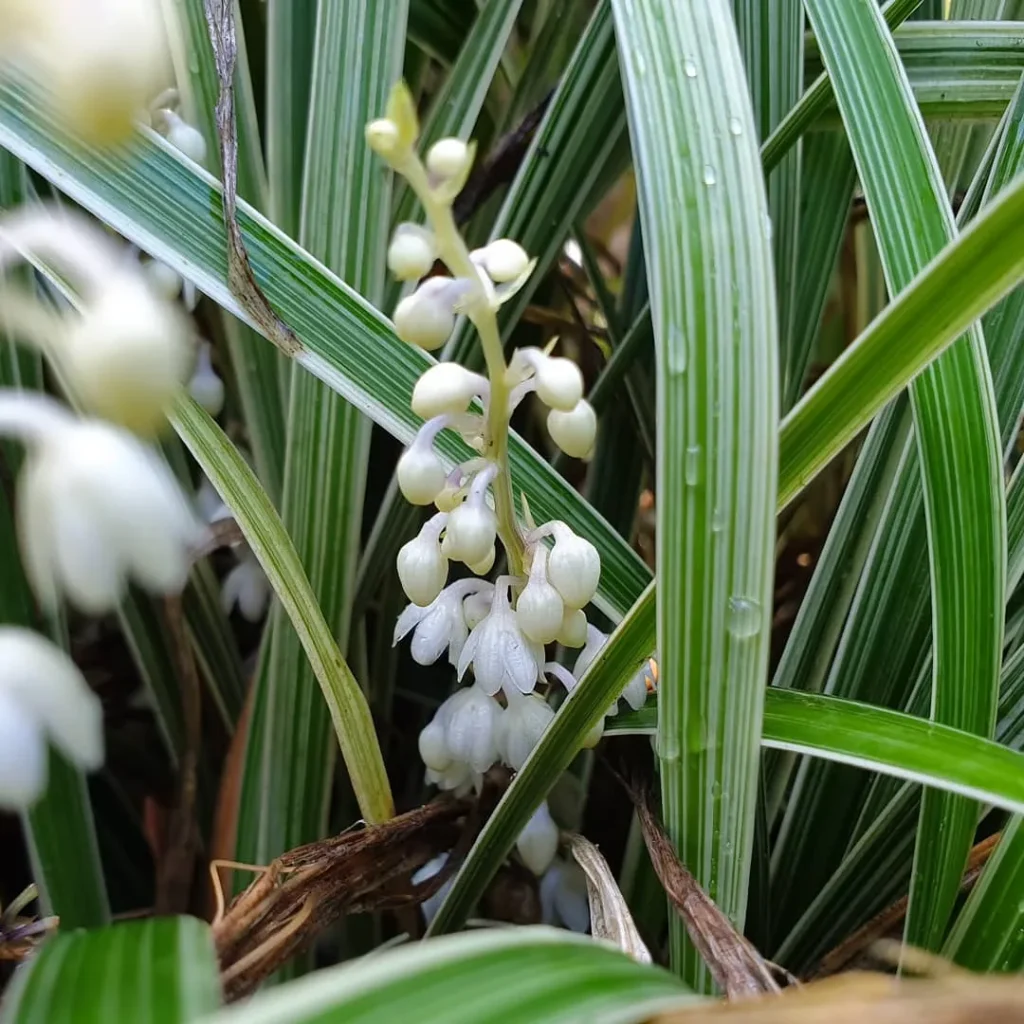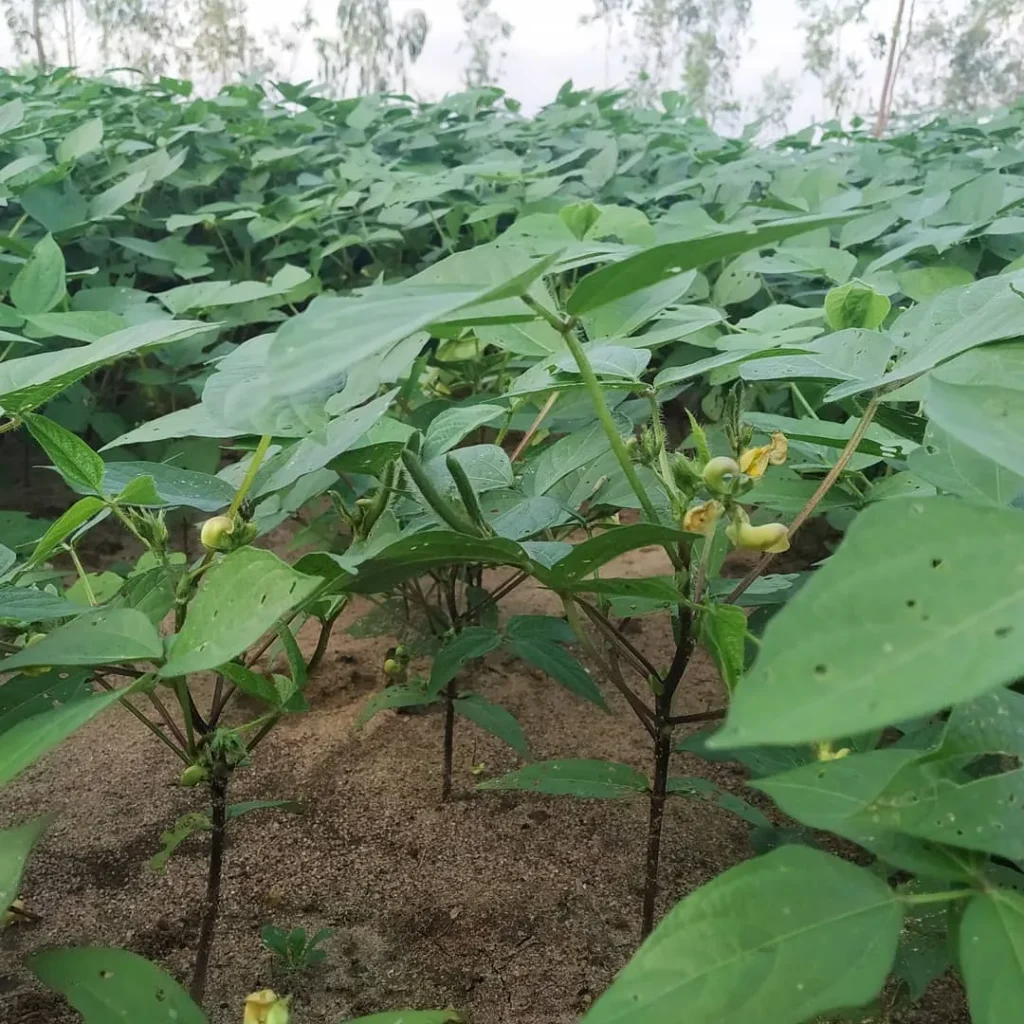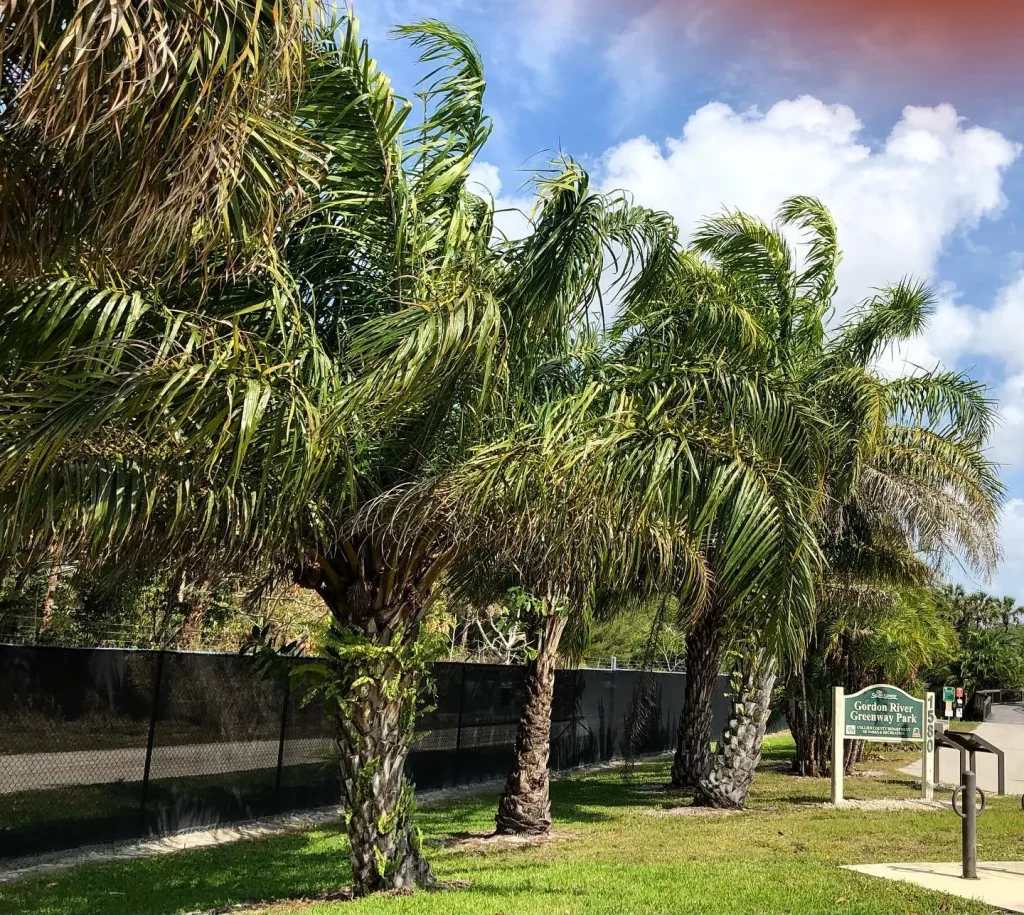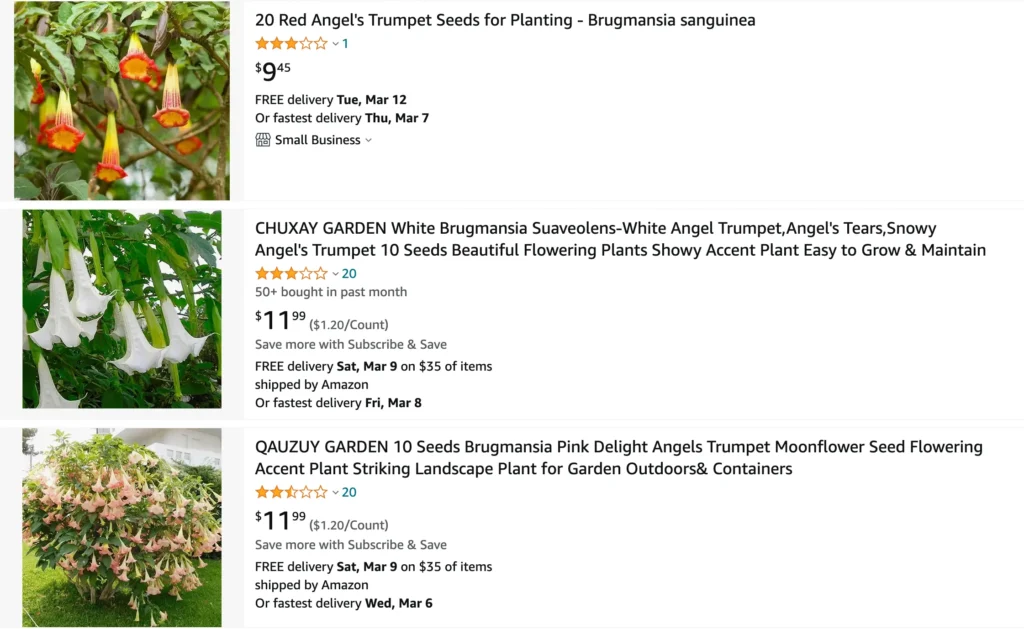
The Enchanting Angel’s Trumpet: A Guide to Brugmansia arborea
The Brugmansia arborea, also known as the Angel’s Trumpet, has captivated me with its beauty for years. Its large, pendulous flowers hold a certain mystique, and the fragrance in the evening air is intoxicating. But before I embarked on cultivating this wonder in my own backyard, I had questions. Could it thrive in the Los Angeles climate? Would growing Brugmansia arborea from seed be a viable option, or should I stick to established plants?
9 Species in Genus Brugmansia
Brugmansia Arborea vs Datura Albor
I’ve found Brugmansia arborea to be a real showstopper with its large, fragrant blooms that seem to draw everyone’s attention in the garden, while Datura albor, though striking with its white flowers, tends to feel a bit more understated and less impactful in comparison.
Can Brugmansia arborea alba Thrive in Los Angeles, California?
Los Angeles boasts a warm Mediterranean climate, and Brugmansia arborea, with its Andean origins, might seem like a mismatch. But fear not, Angeleno gardeners! Brugmansia arborea alba, a popular cultivar with white flowers, can flourish in our sunny city. Here’s the key: provide ample shade during the hottest part of the day. Early morning sun is ideal, allowing the plant to bask in warmth without getting scorched.
Does Brugmansia arborea Come True From Seed?
The allure of growing Brugmansia arborea from seed is undeniable. However, patience is required. Seeds can take weeks or even months to germinate, and the resulting plants might not be true to type. The flowers might differ in color or shape from the parent plant. If you have your heart set on a specific cultivar like Brugmansia arborea alba, acquiring a mature plant from a reputable nursery is the more reliable route.
How to Care for Brugmansia arborea?
With the right care, Brugmansia arborea will reward you with a spectacular floral display. Here are some essential tips:
- Potting: Choose a container with ample drainage holes. Brugmansia arborea dislikes soggy roots.
- Soil: Opt for a well-draining potting mix rich in organic matter. Amending your mix with perlite or pumice can further enhance drainage.
- Watering: Water deeply and regularly, allowing the top inch of soil to dry out between waterings. Avoid overwatering, which can lead to root rot.
- Feeding: During the growing season, fertilize your Brugmansia arborea with a balanced fertilizer every two to four weeks. Reduce fertilization in the fall and winter months.
- Pruning: Regular pruning encourages bushier growth and promotes flowering. Prune lightly throughout the growing season and give it a more significant trim in late winter or early spring before new growth appears.
How to Propagate Brugmansia arborea?
While seeds are an option, propagating Brugmansia arborea through stem cuttings is a more efficient way to obtain new plants that are true to the parent. Here’s how:
- Select a healthy stem tip with several nodes.
- Make a clean cut just below a node.
- Remove the lower leaves, leaving a few nodes exposed.
- Dip the cut end in rooting hormone (optional but can improve success rate).
- Plant the cutting in a pot with a well-draining potting mix.
- Water thoroughly and keep the soil moist but not soggy.
- Place the pot in a warm, humid location with indirect sunlight.
- Be patient! Rooting can take several weeks.
What to Plant with Brugmansia arborea?
Brugmansia arborea’s architectural form and cascading flowers create a stunning focal point in the garden. To complement its beauty, consider planting it alongside:
- Ferns: Their delicate fronds provide a textural contrast against the bold foliage of Brugmansia arborea.
- Hostas: Their shade-loving nature makes them ideal companions for Brugmansia arborea, which appreciates some afternoon shade.
- Begonias: The vibrant colors of begonias add a touch of cheerfulness to the composition.
- Caladiums: The stunning foliage of caladiums creates a visually interesting interplay with Brugmansia arborea’s large leaves.
By following these tips, you can cultivate your own Brugmansia arborea and experience the magic of its enchanting blooms. Remember, with a little care and attention, this captivating plant will transform your garden into a haven of ethereal beauty.
If i die, water my plants!
